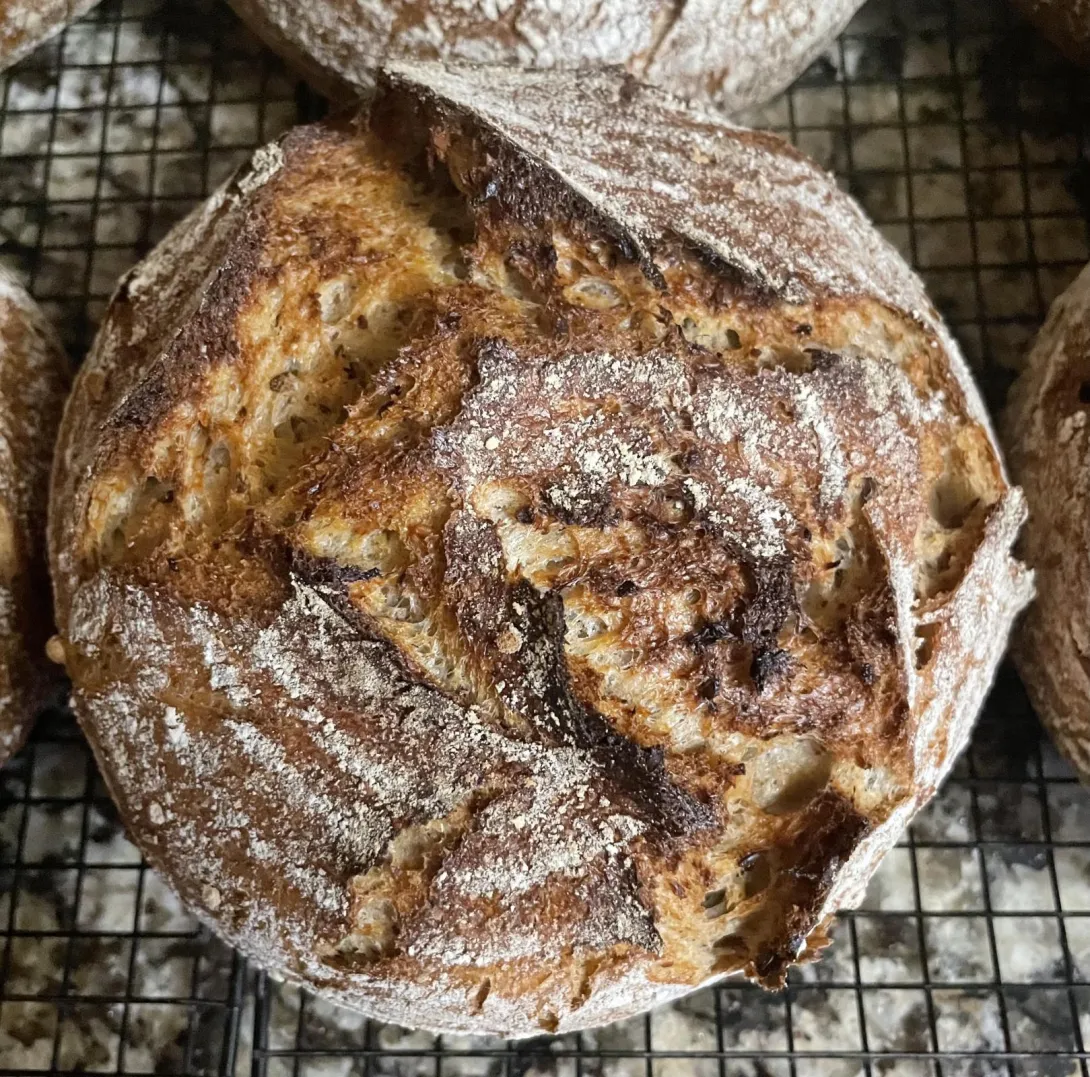German Spice Sourdough with a hint of Rye

My daughter noticed a local bakery use this mix of spice in their bread and asked me to make something similar. When I researched this particular mix, I discovered that it was called German Bread spice. So I tweaked the grains in one of my favourite porridge bread recipes (I’m all about porridge bread these days... Thank you to Ian for convincing me!) and tossed in these spices.
Recipe
Makes 3 loaves
German Spice Mixture
(Procedure in recipe)
1/2 tsp anise seed
1/2 tsp fennel seed








